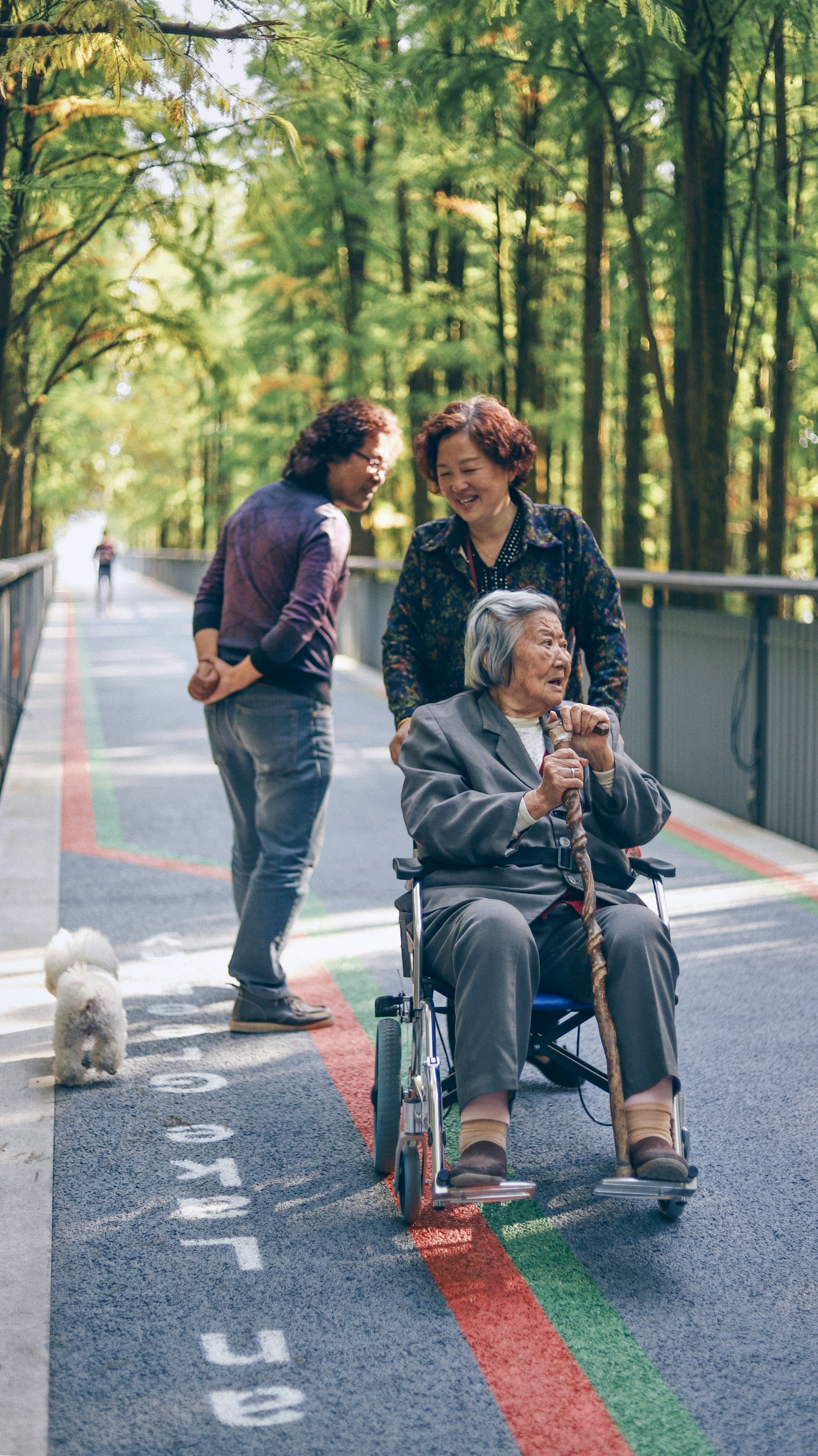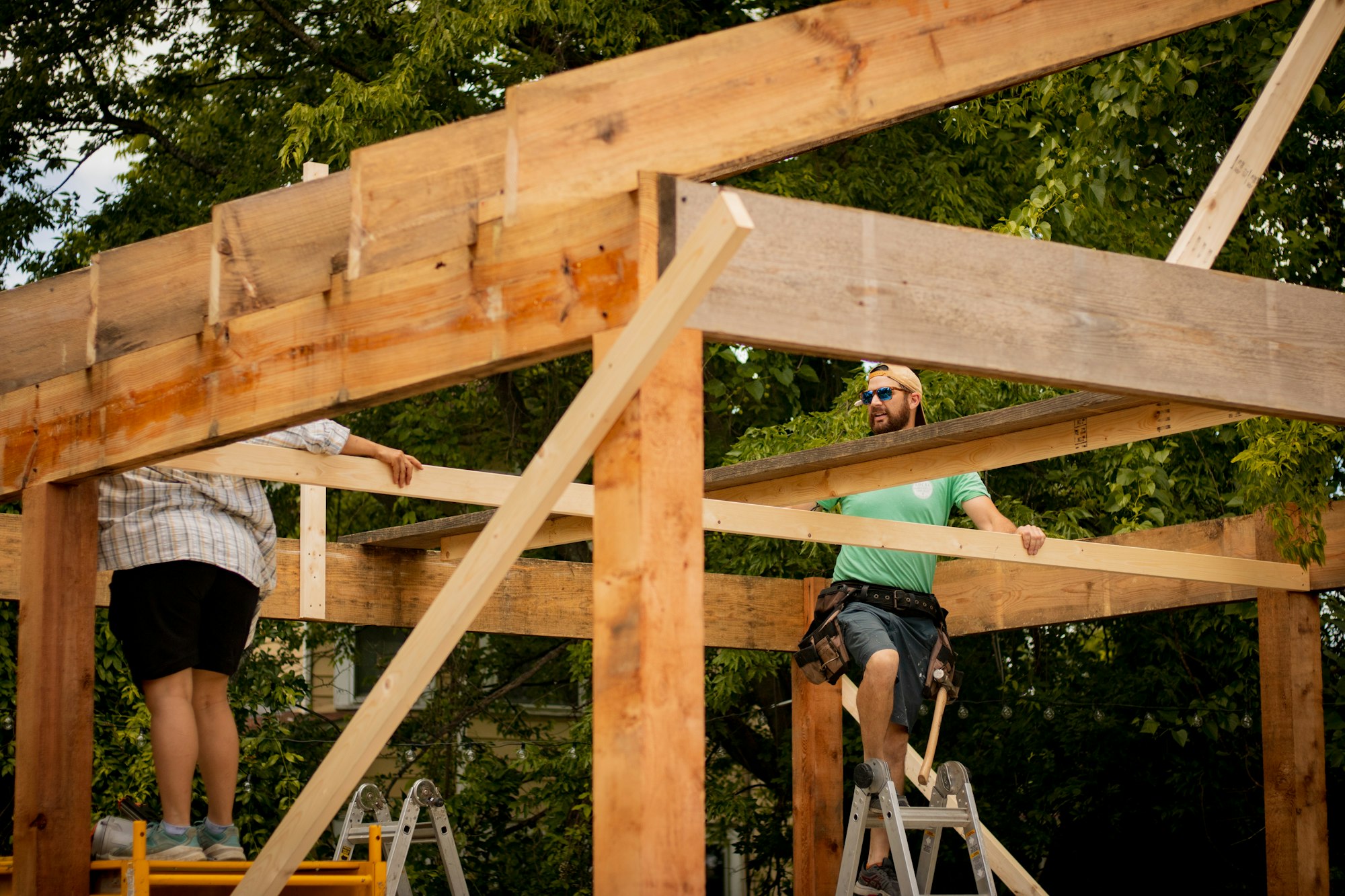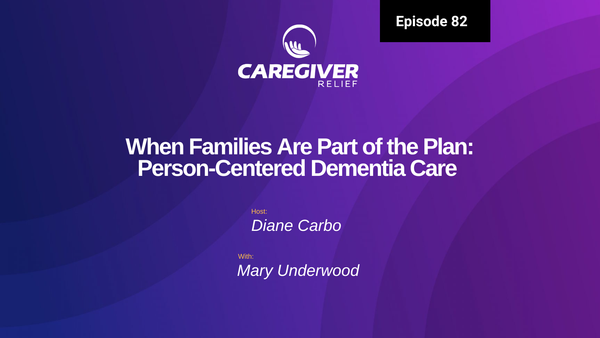Preparing to Age in Place: A Comprehensive Guide
Learn how to make your home senior-friendly, plan for future care needs, and explore community resources with our aging in place e-learning series. Discover how to legally and financially prepare for aging in place, and understand your health and life expectancy.

Learn how to make your own home senior-friendly, plan for future care needs, and explore community resources with our aging in place e-learning series. Discover how to legally and financially prepare for aging in place, and understand your health and life expectancy
What is Aging in Place?
Aging in place refers to the ability of older adults to live in their own homes and communities safely and comfortably as they age. This concept is becoming increasingly popular among baby boomers and older adults who value their independence and want to maintain control over their lives. Aging in place allows individuals to remain in their familiar surroundings, near their loved ones, and continue to participate in their community. By staying in their own homes, older adults can maintain their social connections, engage in activities they enjoy, and live life on their own terms.
Baby boomers have made it perfectly clear. They want to remain in their homes as they age.
According to recent surveys, over 80% of older adults want to age in place, and many are taking steps to make their homes more accessible and safe. This trend is driven by the desire for independence, comfort, and familiarity. By staying in their own homes, older adults can maintain their social connections, engage in activities they enjoy, and live life on their own terms.
Baby boomers have made it perfectly clear. They want to remain in their homes with in home services as they age.
There does come a time. When an agency senior will need help with everyday tasks, aging in place takes planning. Support services play a crucial role in facilitating home-based care, providing both health and personal assistance to enable individuals to live independently at home. In order for you to be successful, to plan to age in place, you should first make your home your partner. This means making your home senior friendly, making home modifications and utilizing new technologies and home care products are the keys to avoiding an admission to a nursing home.
What Do You Need To Do To Plan for Aging In Place
Know your finances and insurance, it is really important that every senior knows what it’s going to take in terms of financial resources to remain in their home as long as possible. This means planning for future care needs and understanding those costs, exploring community resources, understanding Medicare, Medicaid, and Medicaid asset protection. Health insurance plays a crucial role in accessing healthcare resources, making it essential to understand your options.
It may mean for some of you exploring long term care insurance or the options of reverse mortgage. It’s also important to address healthcare issues. Early aging can mean dealing with chronic medical conditions. We are living longer, but those extra years may not always be spent in good health, understanding your health, your life expectancy, and possible changes in physical and or cognitive ability.

Aging in Place
Home Modifications for Safety and Accessibility
Home modifications are essential for creating a safe and accessible living environment for older adults. Some common modifications include:
- Installing grab bars and handrails to prevent falls
- Widening doorways and hallways to accommodate wheelchairs or walkers
- Creating a walk-in shower or bathtub with a seat
- Improving lighting and reducing glare
- Installing non-slip flooring and removing tripping hazards
These modifications can be made to existing homes, and many are eligible for tax deductions or government incentives. A geriatric care manager or home safety expert can help identify areas of the home that need modification and provide guidance on how to make the necessary changes.

Financial Planning for Aging in Place
Financial planning is critical for aging in place. Older adults need to consider the costs of home modifications, in-home services, and potential long-term care expenses. Some strategies for financial planning include:
- Creating a budget that accounts for aging-related expenses
- Investing in long-term care insurance or other financial products
- Utilizing government programs, such as Medicaid or Veterans benefits
- Tapping into home equity through reverse mortgages or other financial instruments
It’s essential to work with a financial advisor or geriatric care manager to develop a comprehensive financial plan that addresses the unique needs and goals of aging in place.
Get Legal Paper Work In Order
What will affect your ability to age in place? Managing finances effectively, including paying bills, is crucial during this stage of life. It’s important also to get legal paperwork in order, Hey, you need to open those lines of communication with your family and friends. You need to identify a power of attorney for your health care and maybe another one for your finances. It’s important to get a prepared advanced directive early in your aging process.
As difficult as it can be. You need to discuss end of life options. Are you wanting hospice when the time comes? Do you want everything done to live as long as possible? It’s also important to discuss funeral arrangements that can save you tons of money. If you do things ahead of time, address, future transportation needs.
Hey, be prepared to give up driving. It’s going to happen sooner or later. Seniors want to remain socially active. So planning ahead for when driving is no longer possible is important. Look for alternative means of transportation. Education is really important here. It’s a large category that’s going to change as your situation changes.

Is a Family Caregiver Contract in Your Future?
There’s legal issues. Should you put a family caregiver contract in. This is, uh, a contract. I recommend every family caregiver put in place, get your power of attorney forms together. Advanced directives, Medicaid, asset management, disease management is also important. You need to understand the levels of care you may need, or the use of a geriatric care management and how that’s going to help you maneuver the medical delivery system. Additionally, as conditions change with age, it may be beneficial to transition to an assisted living facility for better support and safety.
Activities for seniors is so important. It covers everything from social. And recreational activities to activities of daily, living such as dressing, cooking, and bathing levels and types of activities will change as the physical and mental abilities of the aging. Senior changes activities can prevent boredom, negative and challenging behaviors and can also slow cognitive decline.
Develop a Personal Care Centered Profile For Your Family Member
I’m promoting person centered care here. I feel that every family caregiver needs to promote person centered approach to the care of their family member. By doing this, your healthcare providers see you or your family member as a person and not just the disease or a group of symptoms, it starts by developing an individualized profile, which could be found on aging home health care.com. It is also important to consider mental health in maintaining independence and overall well-being as one ages.
At caregiverrelief.com. We have developed a community where you can find the answers to all your questions about aging in place.
You will find all the resources and support to help you or your family member remain in their home and community for as long as possible. Thank you for joining us today.

Support Systems for Aging in Place
Aging in place requires a support system that includes family, friends, and community resources. Some ways to build a support system include:
- Hiring in-home caregivers or personal care assistants
- Joining senior centers or community organizations
- Participating in adult day programs or respite services
- Utilizing transportation services or volunteer drivers
- Connecting with neighbors and building a social network
Having a support system in place can help older adults stay connected, engaged, and safe as they age in place.
Community Resources for Older Adults
Community resources are essential for aging in place. Some resources include:
- Area Agencies on Aging (AAAs) that provide information and referrals
- Senior centers that offer social activities, meals, and transportation
- Home health care agencies that provide medical and personal care services
- Adult day programs that offer respite and socialization
- Government programs, such as Medicaid and Veterans benefits, that provide financial assistance
Older adults can access these resources by contacting their local AAA, senior center, or healthcare provider. A geriatric care manager can also help navigate the complex system of community resources and services.
You might also like this article:
Our Resources section can help you find the information and tools that you need. We have courses, videos, checklists, guidebooks, cheat sheets, how-to guides and more.
You can get started by clicking on the link below. We know that taking care of a loved one is hard work, but with our help you can get the support that you need.
Click here to go to Resources Section now!






